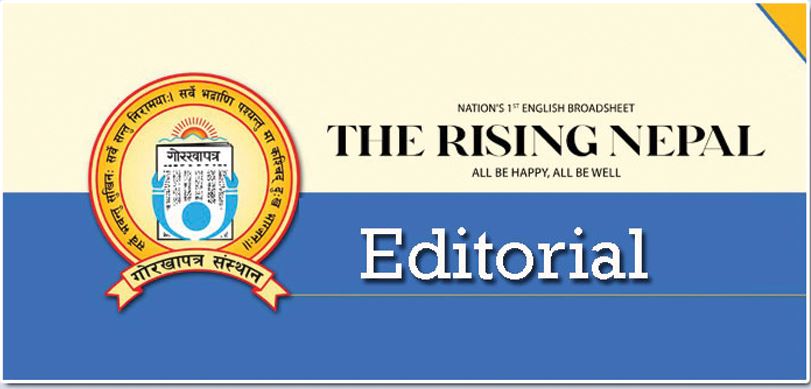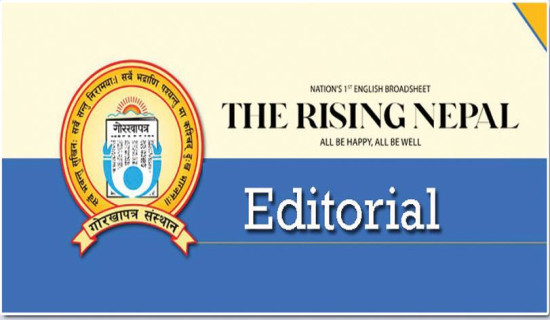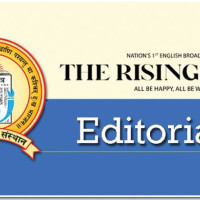- Friday, 2 May 2025
Reform Transport Sector
Despite being a essential public facility, transportation service in Nepal is not up to the mark. Commuters, particularly in the capital city, have to undergo harrowing experiences on a daily basis as they travel in buses to reach their destinations. There is a chaotic scene during the office-going hours. Passengers are crammed inside buses to full capacity, with conductors behaving them roughly. The passenger-friendly public transport system is yet to be realised. The transport sector is beset with various challenges as the state has not made priority investment in it. The government extends some support to Sajha Yatayat that operates only in the Kathmandu Valley now. The public transport services rely on the private sector that is often criticised for resorting to cartel and syndicates. One reason why many people want their own vehicles is that public transport is not reliable. If there had been better public transport facilities, many people would not have purchased vehicles by taking loans on high interest rates.
Today, the number of two-wheelers and four-wheelers has increased beyond the capacity of the Valley’s roads. The limited transport infrastructure has led to various problems such as unsafe journey, traffic congestion, pollution and rising number of road mishaps. It is not only passengers but also the transport operators and investors who have a litany of complaints regarding their business. Those who buy vehicles and drive themselves to earn a living have lamented that they do not get subsidy or compensation but have to pay heavy taxes to the government under different headings. A driver, who purchased a microvan by taking loan five years back, has complained that his business venture has not earned him profit as expected. Talking to this daily, he said that he invested the savings he made while working in Malaysia one decade ago but he is still struggling to pay the instalments and support his family. The public vehicle drivers also rued that their job is not duly respected, recognised and supported, which discourage the potential investors from stepping in the sector.
Similarly, different transport organisations have their own problems associated with the safety of job and facilities. They have submitted their demands to the concerned agencies, including the Kathmandu Valley Traffic Police Office (KVTPO), the Department of Transport Management (DoTM) and the Ministry of Physical Infrastructure and Transport (MoPIT). They have demanded a dedicated authority for transportation, the establishment of a Road Safety Council, an advanced traffic management system, adequate parking facilities, and an upgrade to the country’s transport infrastructure, such as roads and traffic lights. The government has formed a high-level committee to study and discuss their demands and it will take necessary measures based on the committee's recommendations.
However, authorities have expressed their reservations about the transport operators' demands of reduction in traffic fines and the return of annulled driving licenses, citing that this will undermine legal practice and promote anarchy. The concerned stakeholders have underlined the need for devising the federal laws to empower the provinces to manage the transportation system under their jurisdiction. The DoTM has been acting as a coordinating body between transport authorities of all seven provinces. It will oversee vehicles operating in more than one province. However, provinces should invest in boosting transport infrastructure. But the provincial governments require concrete laws to frame policies and plans for the purpose. It is imperative to formulate the national transportation policy which should prioritise the public transportation to benefit the public, transport entrepreneurs and the workers alike.
















